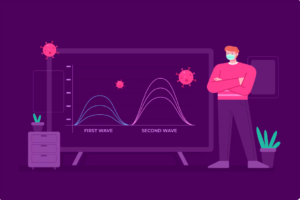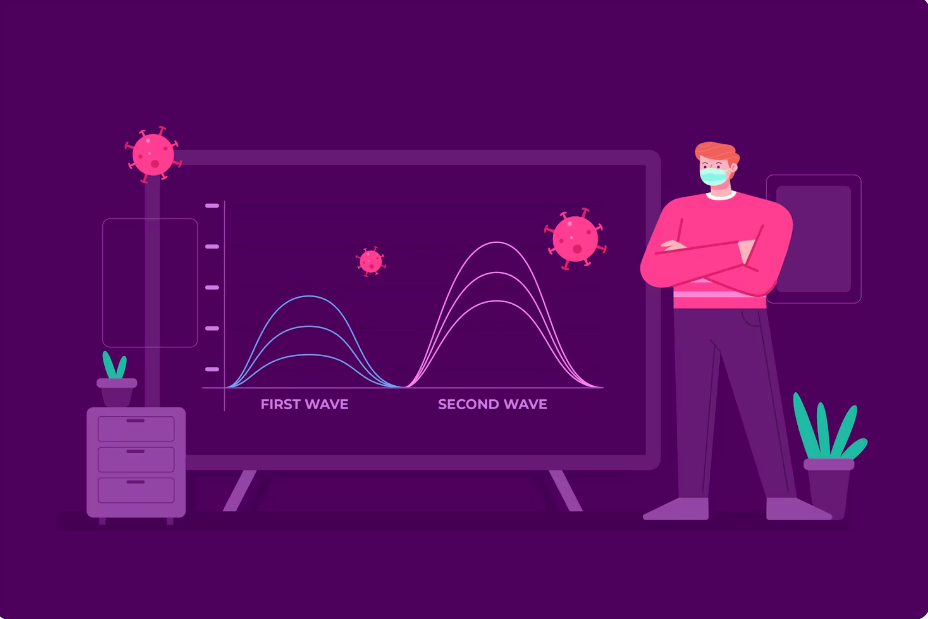Introduction
Regarding handling data analytics workloads, PostgreSQL has long been a favourite among data engineers, analysts, and backend developers. Known for its reliability, extensibility, and strong SQL compliance, PostgreSQL powers thousands of analytical applications across industries. But recently, a lightweight, in-process SQL OLAP database called DuckDB has been gaining serious traction—for good reason.
DuckDB is not just another analytics tool; it is rethinking how we do analytical processing, especially in the age of data lakes, notebooks, and real-time exploration. As the landscape evolves, DuckDB is challenging PostgreSQL by offering blazing-fast, low-latency analytics optimised for the modern data stack.
In this article, we will explore how DuckDB disrupts the space, compare it to PostgreSQL, and why it is becoming a go-to tool for modern analytics workflows, including in top-tier Data Scientist Course curricula.
What is DuckDB?
DuckDB is an open-source, in-process SQL OLAP database designed to run analytics workloads directly within the host process. Unlike traditional client-server database models (like PostgreSQL), DuckDB operates like SQLite—but for analytics.
This means:
- No server setup or connection overhead.
- Reads and writes directly in memory or to disk.
- Supports high-performance columnar storage.
- Seamlessly integrates with pandas, Arrow, and Python/R environments.
DuckDB was built to answer a very specific problem: analytical workloads are often I/O bound, and moving data between systems is expensive. Why not just bring the database to the data?
PostgreSQL: The Reliable Workhorse
Conversely, PostgreSQL is a general-purpose relational database known for transactional integrity, ACID compliance, and flexibility. It supports complex joins, indexing, triggers, stored procedures, and a vast array of extensions.
While PostgreSQL does support analytical queries (especially with extensions like Citus for distributed processing), it is traditionally optimised for OLTP (Online Transaction Processing) rather than OLAP (Online Analytical Processing).
This makes PostgreSQL great for production apps and transactional systems but less efficient for high-throughput analytics, such as large datasets stored in files or external sources.
Key Differences Between DuckDB and PostgreSQL
Architecture
PostgreSQL runs as a server process with client connections and session management. It is ideal for multi-user environments, long-running systems, and transactional workloads.
DuckDB runs as an in-process library (embedded in Python, R, C++, or even a Jupyter notebook). It does not require a server, login, or configuration—just import and run.
This alone makes DuckDB perfect for interactive, exploratory analytics, a skill increasingly emphasised in any Data Scientist Course focused on real-world tools.
Performance for Analytics
DuckDB shines when running OLAP-style queries (aggregations, filters, joins) over large files—particularly Parquet and CSV formats.
For example:
import duckdb
duckdb.query(“SELECT avg(sales) FROM ‘sales_data.parquet'”)
Thanks to its vectorised execution engine and columnar storage, DuckDB can query gigabytes of data with sub-second latency—without importing the data into a database.
PostgreSQL can do similar work but requires:
- Creating tables and indexes.
- Loading data into the database.
- Managing external file formats with extensions or ETL pipelines.
This difference makes DuckDB far more agile for analytics prototyping, especially in notebook environments used in most data courses; for example, in urban learning centres such as a Data Scientist Course in Pune.
Integration with Modern Data Stack
DuckDB is designed with the modern analyst in mind:
- Native support for Apache Arrow, Parquet, and pandas.
- No serialisation is needed between your DataFrame and your SQL queries.
- Embeds easily into Jupyter notebooks and Python scripts.
PostgreSQL, by contrast, often requires using SQLAlchemy, psycopg2, or another client to query data, and moving data between formats like pandas and PostgreSQL can involve costly I/O operations.
When to Use DuckDB Over PostgreSQL
The main advantage of enrolling in a career-oriented data learning program such as a Data Scientist Course in Pune is that it acquaints learners with real-word scenarios as part of project assignments, which helps them decide when to adopt a certain technology.
Ad-hoc data exploration
DuckDB excels at quickly exploring datasets stored in Parquet or CSV without having to load them into a database. It is ideal for notebooks, scripts, and interactive workflows.
Embedded analytics
If you are building an application or script that needs analytics features without deploying a full database, DuckDB’s in-process architecture is ideal.
Low-latency analytical queries
Need fast aggregations or joins on large datasets? DuckDB is often faster than PostgreSQL for these tasks, especially on columnar data.
Education and prototyping
Instructors teaching a Data Scientist Course love DuckDB because students can query files directly from a notebook, without worrying about database setup.
Where PostgreSQL Still Wins
Transactional systems
If you are building an e-commerce backend, banking app, or anything with concurrent writes and strong consistency, PostgreSQL is still the gold standard.
Complex business logic
PostgreSQL supports stored procedures, triggers, constraints, and advanced indexing. DuckDB focuses on read-heavy analytics, so it is not optimised for complex OLTP workloads.
Multi-user environments
PostgreSQL handles user permissions, roles, authentication, and client sessions. DuckDB is single-process and best suited for one user or process at a time.
DuckDB in the Data Science Ecosystem
DuckDB’s integration with pandas, Arrow, and Polars positions it as a central part of the emerging Python data stack. Here is how it fits into a typical pipeline:
- Data engineers store data in Parquet.
- Data scientists load that data into a notebook.
- DuckDB runs fast SQL queries on top of Parquet, returning results as pandas DataFrames.
- Results are visualised, filtered, and passed into machine learning models.
In a good data course in a reputed learning centre, such as a Data Scientist Course in Pune, this hands-on workflow is modelled repeatedly. It reduces ETL friction, boosts productivity, and allows deeper data exploration.
Future Outlook: Can DuckDB Replace PostgreSQL?
Not quite—but that is not the goal. DuckDB is not trying to be a general-purpose database. Instead, it is focused on:
- Fast, embedded analytics.
- Local-first data processing.
- Seamless integration with modern data tools.
PostgreSQL will remain the backbone of transactional systems and full-fledged applications. DuckDB, on the other hand, is carving out its niche in interactive analytics, embedded data processing, and notebook-driven workflows.
As more data professionals seek low-friction tools that work with modern file formats, DuckDB is likely to become as essential to data science as pandas or Jupyter—not a replacement for PostgreSQL but a powerful complement.
Conclusion
DuckDB is reshaping how we think about SQL-based analytics. Its lightning-fast performance on columnar data, easy integration with Python and notebooks, and zero-dependency setup make it a compelling tool for anyone working with data.
While PostgreSQL remains a cornerstone for transactional systems and enterprise applications, DuckDB is stealing the spotlight for fast, flexible analytics—especially for individuals in a Data Scientist Course looking to master hands-on tools that deliver real results.
If you are working with data in 2024 and beyond, it is not a question of DuckDB vs. PostgreSQL but how they can work together to streamline your analytics stack.
Business Name: ExcelR – Data Science, Data Analytics Course Training in Pune
Address: 101 A ,1st Floor, Siddh Icon, Baner Rd, opposite Lane To Royal Enfield Showroom, beside Asian Box Restaurant, Baner, Pune, Maharashtra 411045
Phone Number: 098809 13504
Email Id: enquiry@excelr.com














